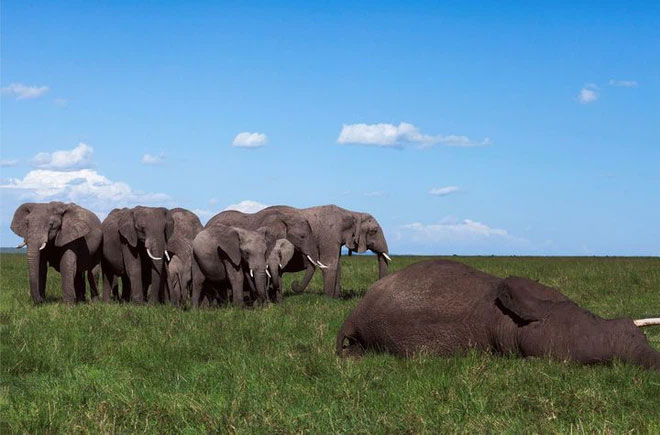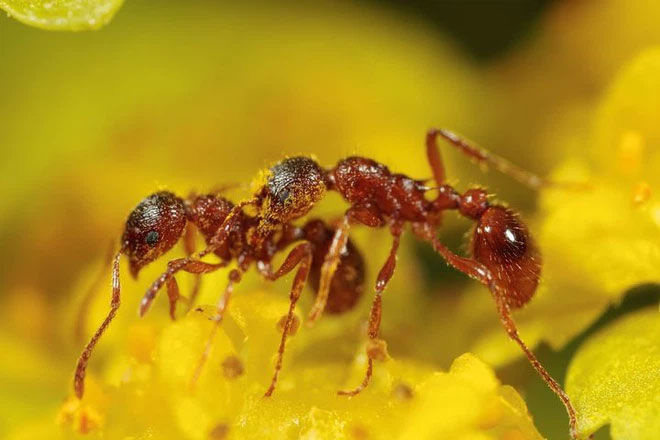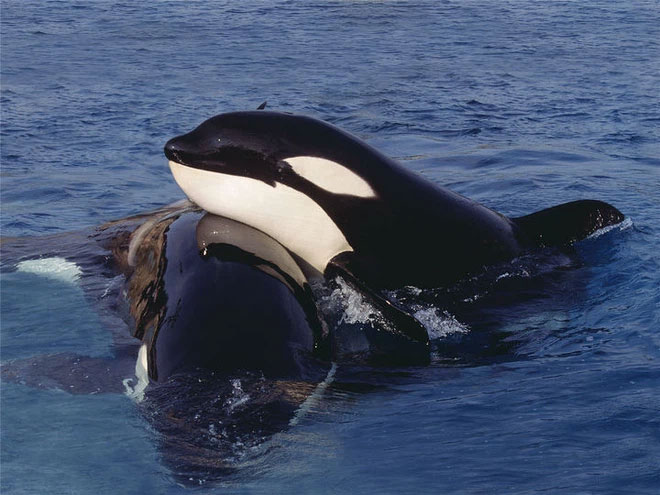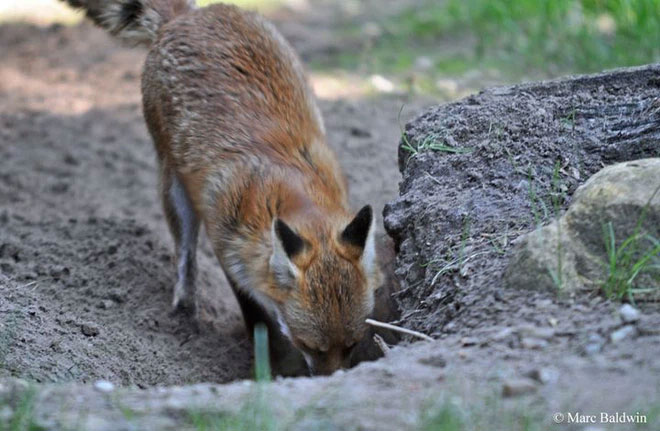Primates Never Abandon Their Dead
Many zoologists have observed that primates exhibit unique behaviors towards the corpses of their kind: they gather around the deceased, groom them, watch over them at night, and even the group will express behaviors to assist mothers who have lost their offspring. However, the most intriguing behavior is observed in baboons and chimpanzees, where mothers will hold their deceased babies for hours or even days. In 1968, the renowned British primatologist Jane Goodall was the first to reveal this phenomenon. Since then, many scholars have observed and studied this type of behavior further.
Elephants Never Forget Their Dead
Although the elephant graveyard is merely a legend, the behavior of elephants when faced with death is truly something that puzzles us. After comparing scattered research data with her own observations, ecologist Shifra Goldenberg from the Smithsonian Conservation Biology Institute (SCBI) introduced the world to the strange behaviors of elephants in 2019.

Elephants mourn their dead.
When it comes to the death of elephants in their herd or of their friends and family, they will stay with the corpse, touch it, and some will even try to lift the body as if attempting to revive it. Even when the corpse has turned into a pile of white bones, they will occasionally return to visit, caressing the bones and, notably, they will not confuse it with other corpses or bone piles nearby.
Ants Systematically Clean Up Their Dead
In an ant, bee, or termite colony, each member has specific responsibilities, and handling corpses is no exception. Numerous studies since the 1950s have confirmed this. Worker ants or worker bees are tasked with cleaning and transporting the bodies of their kind to prevent the spread of disease within the ant or bee colony. Some species of ants or bees will place the bodies in specific locations far from their living areas. Meanwhile, termites will dig small chambers in their nests to bury the deceased.

Worker ants or worker bees are responsible for cleaning and transporting their dead.
Whales Attempt to Lift Dead Calves from the Water
In 2018, a female orca in waters near Vancouver attempted to push her deceased calf to the surface. This behavior lasted for 17 days and covered a distance of 1,600 km. That same year, another international research group showed that among all marine mammals, dolphins exhibit the most emotional responses to the death of their kind. The behavior of female dolphins carrying their deceased calves was observed in 75% of the cases. In some instances, male dolphins also took on the role of female dolphins, preventing the corpses from sinking.

The orca attempts to push her deceased calf to the surface.
In fact, primates react very strongly to the death of their kind. The same is true for elephants, whales, birds, rodents, and social insects.
Animal behaviorists have long believed that animals exhibit complex and progressive behaviors when faced with the death of their kind, especially with individuals they are closely related to—a phenomenon we often think only humans experience.
Dutch primatologist Frans de Waal asserts: “There are indications that death triggers emotional responses in many animal groups, and in some species, we see them stop eating and even become lethargic.”
Today, experts have systematically documented and researched this type of animal behavior and established statistical data to assess whether it is a typical behavior or merely isolated incidents.
They also describe the varied reactions of different species to death and strive to understand the motivations behind different behaviors within the same species, questioning whether these are innate responses or emotional fluctuations, and whether animals can recognize that all life comes to an end.
James Anderson, a psychology professor at the University of Stirling in the UK, points out: “Previously, researchers were unable to report these situations because they were considered atypical behaviors and not representative. Due to a lack of specific data, observations suggested these were merely isolated cases or entirely random.”
However, new studies have weakened that skepticism. James Anderson felt his motivation began with the death of a 50-year-old female chimpanzee named Pancey ten years ago, who lived in the Blair Drummond Safari Park in Scotland.
“That was the first time we captured footage of a small group of primates before and after the death of their relative,” James Anderson recalls. He directly witnessed the chimpanzees attempting to help Pancey as she was dying. Pancey’s adopted daughter tried to comfort her on her final night, and two other chimpanzees in the zoo who were close friends with Pancey were unable to sleep well. After the body was removed, the entire group of chimpanzees showed hesitation and were reluctant to enter the room where Pancey had died.
In 2010, James Anderson published his first paper on these observations. He pioneered the application of deathology to species beyond humans. Professor Anderson reviewed a substantial amount of research related to various species and soon realized that primates were not the only animals “that mourn their kind.”
In 2016, in a groundbreaking study, he proposed to describe the spectrum of responses of different species when faced with the death of their kind: at one end of the spectrum are mechanical, innate, and chemical responses, while at the other end are complex social responses that express emotions similar to grief. With this, the psychologist laid the groundwork for “comparative studies on death.”
Animals can indeed perceive the death of their kind. They will have a fixed behavioral response pattern to death, which may have been selected by evolutionary processes to avoid the spread of disease through contact with corpses. A prime example is bees, which respond to the chemical signals of decomposition and remove the deceased from their hive.
Some species of mice also exhibit similar behavior; once they detect the smell of decay, they instinctively bury the corpse. However, there are other species that do not follow this logic: they gather around the dead, caressing the corpse, guarding it, and remaining close to it. This can be seen as an emotional response, or perhaps a suspicion that their kind is not truly dead.

Animals display complex and progressive behaviors when faced with the death of their peers. (Photo: Marc Maldwin).
A recent study has also revealed how individual animals react to the death of a family member with whom they have an emotional bond. Elise Huchard’s team at the Institute of Evolutionary and Functional Ecology at the French National Research Center focused on mother-offspring relationships, as this is the closest emotional relationship in the animal kingdom.
Animal behaviorists spent 13 years monitoring several populations of chacma baboons, including 12 female baboons that lost their offspring. The research team observed that 9 of these female baboons continued to embrace their deceased babies for periods ranging from a few hours to 10 days.
Accordingly, James Anderson drew a connection between this behavior and humans: “In some countries, after a newborn passes away, the mother will spend some time in contact with that child. This contact can help heal the pain of loss.” An experiment conducted in several hospitals in England in 2014 showed that mothers were willing to hold their deceased newborns. Although the experiment faced significant opposition later, the initial results suggested that this action appeared to have a soothing emotional effect.
To date, research on animal “funerals” continues to delve deeper, and no final conclusions can yet be drawn; we still cannot clearly determine whether their actions are instinctual responses or emotional fluctuations.





















































